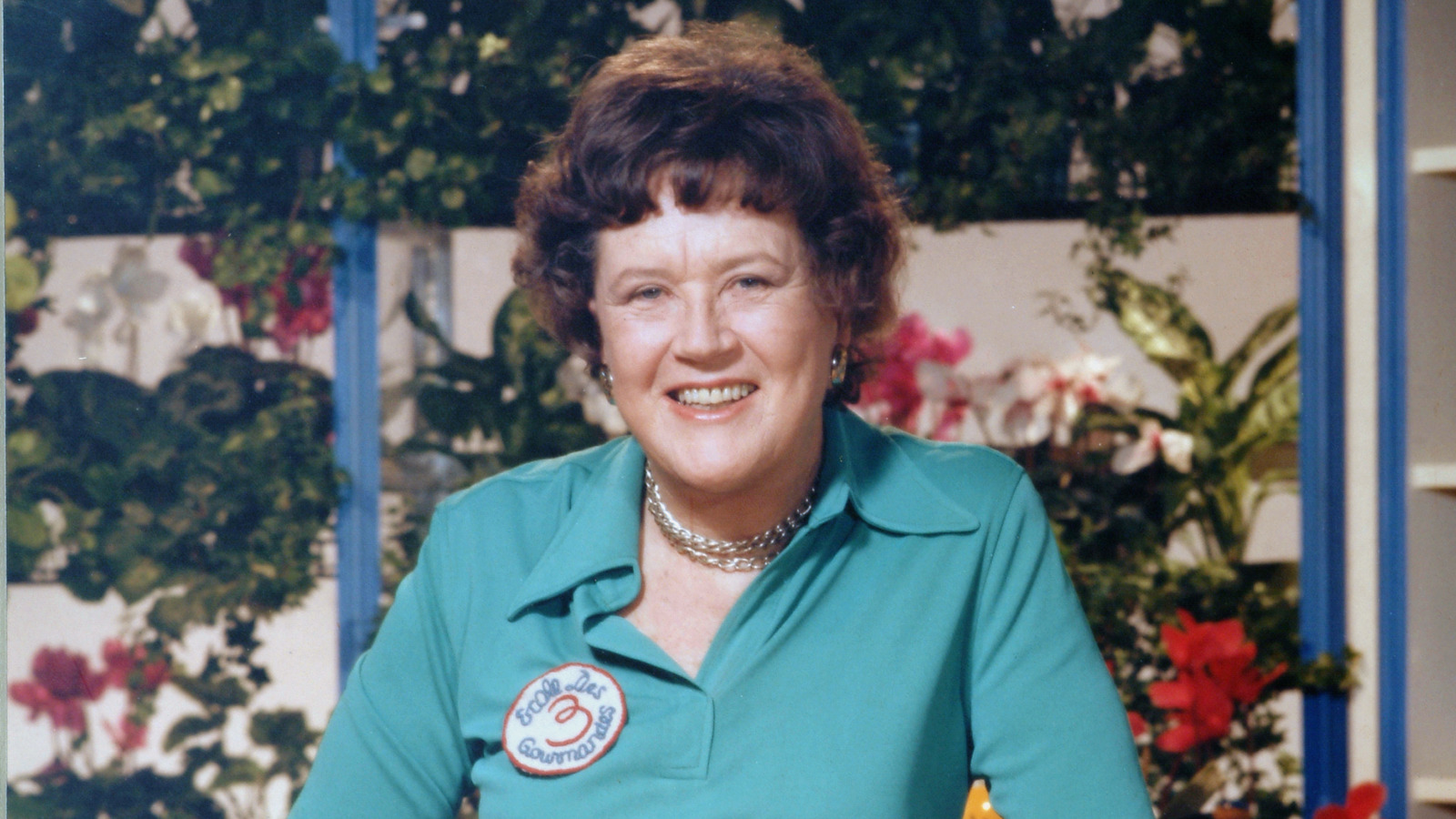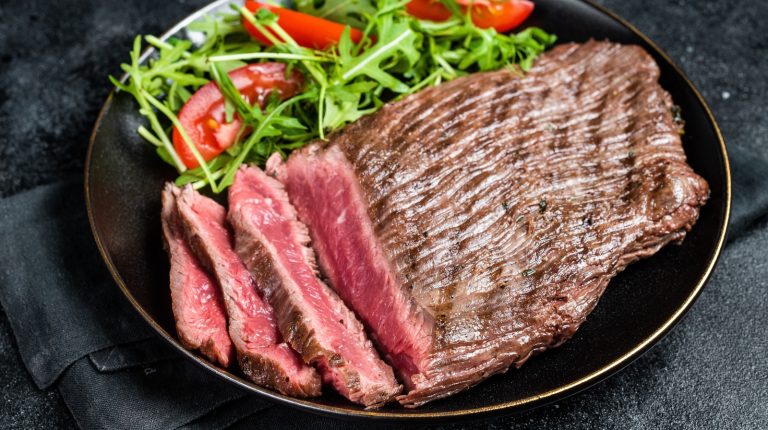Julia Child’s cookbooks and culinary expertise have left us with generations of advice, everything from the best vinaigrettes for salads to her unforgettable martini variations. Throughout her long life, Child published almost 20 cookbooks chock full of cooking tips for home chefs, introducing the world to new specialties and methods of French cooking. In the first edition of “Mastering the Art of French Cooking,” a book she co-wrote with Simone Beck and Louisette Bertholle, Child gives a valuable lesson on the intricacies of making whipped cream. While her cookbooks weren’t entirely lacking the use of kitchen appliances, Child advised that using an electric beater for making whipped cream was “not recommended at all” (Internet Archive).
In the cookbook, among recipes for Crème Chantilly and pulverized macaroons, Child described the best methods for beating eggs and whipping cream. While she advised using an electric beater for eggs, she plainly stated that “the stationary electric beater never produces as smooth and light a cream as could be wished” and that home chefs are better off whipping cream by hand with a standard whisk. Hand whipping doesn’t take as long as you might think — only about two or three minutes at Child’s pace of two strokes per second. For what Child described as an unparalleled, “light, smooth” whipped cream, unplug the electric stand mixer and give it a shot.
The secret to perfectly whipped cream means whisking like Julia Child
Julia Child’s decades of experience in the culinary world meant that she probably trial-and-errored everything, including the best ways to make whipped cream. She understood the science behind beating eggs and whipping cream, which teaches us that the fluffiness we’re accustomed to seeing comes from emulsifying, a process that destabilizes the fat molecules in heavy cream and combines it with the air pockets that come from mixing. Child advised that “you must incorporate as much air as possible” into whipped cream (Internet Archive), a process most easily controlled by hand whisking, not an electric beater. When you whip by hand, you can have a better feel for when the cream reaches the ideal consistency – not too runny but also not overbeaten.
Overbeating whipped cream is one of the most common downfalls for home chefs, leaving a mess of stiff, unusable cream chunks. It comes from not recognizing the signs of a good whipped cream consistency and allowing the mixing to continue too quickly for too long, something even more common when using an electric beater. Child’s method of hand whisking is her most recommended method for whipped cream, but she also wrote that if you must use an electric beater, “circulate it by hand, starting at a slow speed and gradually increasing it to moderate.” With a perfectly silky whipped cream recipe in your future, you’ll be on your way to the best old-fashioned milkshakes in no time.





